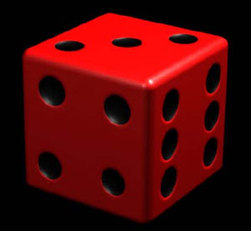
Originally, I probably saw a totally diatonic version of this exercise in "Technique of the Saxophone - Vol. 1 - Scale Studies", by acclaimed Berklee woodwinds guru, the late Joe Viola. But, due primarily to each chord containing the inherent tritone, playing diatonic 13th chord arpeggios on each degree of the Major Scale just didn't sound good, right or "natural" to me somehow.
Each Maj7 chord (I & IV) has a 9 - #11 - 13 (Lydian Mode)
Each Min7 chord (ii, iii & vi) has a 9 - 11 - 13 (Dorian Mode)
The Dominant chord (V7) has a 9 - #11 - 13 (Lydian Dominant Mode - IV mode of Melodic Minor)
The Min7b5 chord (vii) has a 9 - 11 - 13 (Dorian b5 Mode - ii mode of Harmonic Major)
This creates a much more interesting polymodal, poyphonic effect. In the key of C, for example, the upper structures of each chord create the effect of being predominantly in D Major. If you follow the top note of each chord, it spells out an A Major scale, from root to root.
Hmmmm.........interesting!
Due to range limitations of almost every instrument other than the piano, octave shifts and displacements have been utilized liberally throughout. Use according to your instrument and ability.

 RSS Feed
RSS Feed









